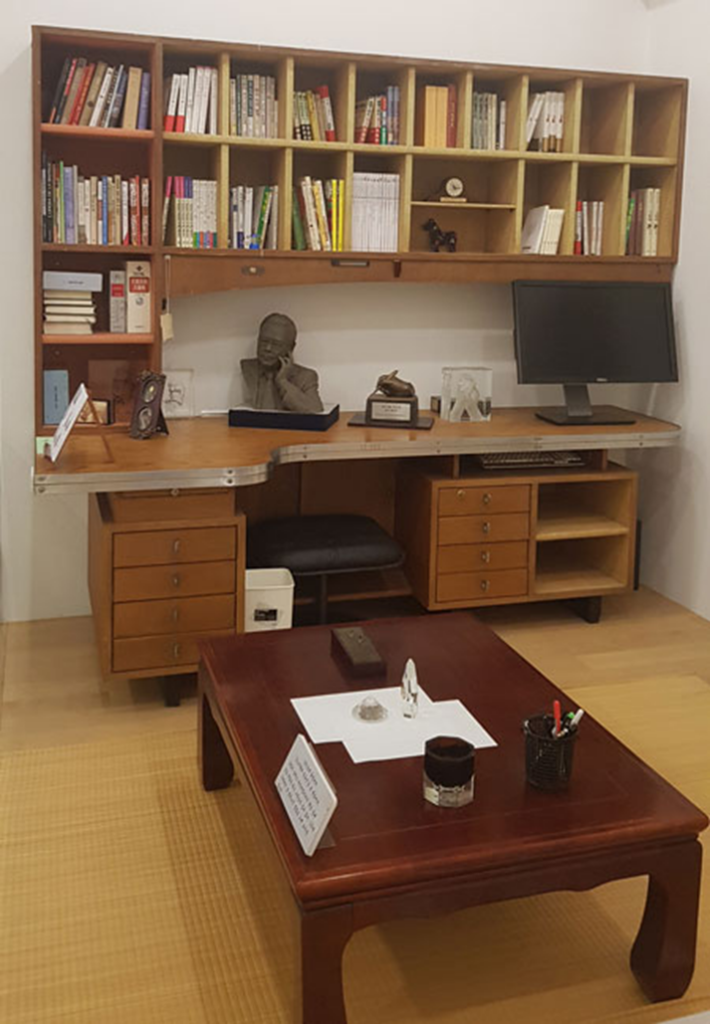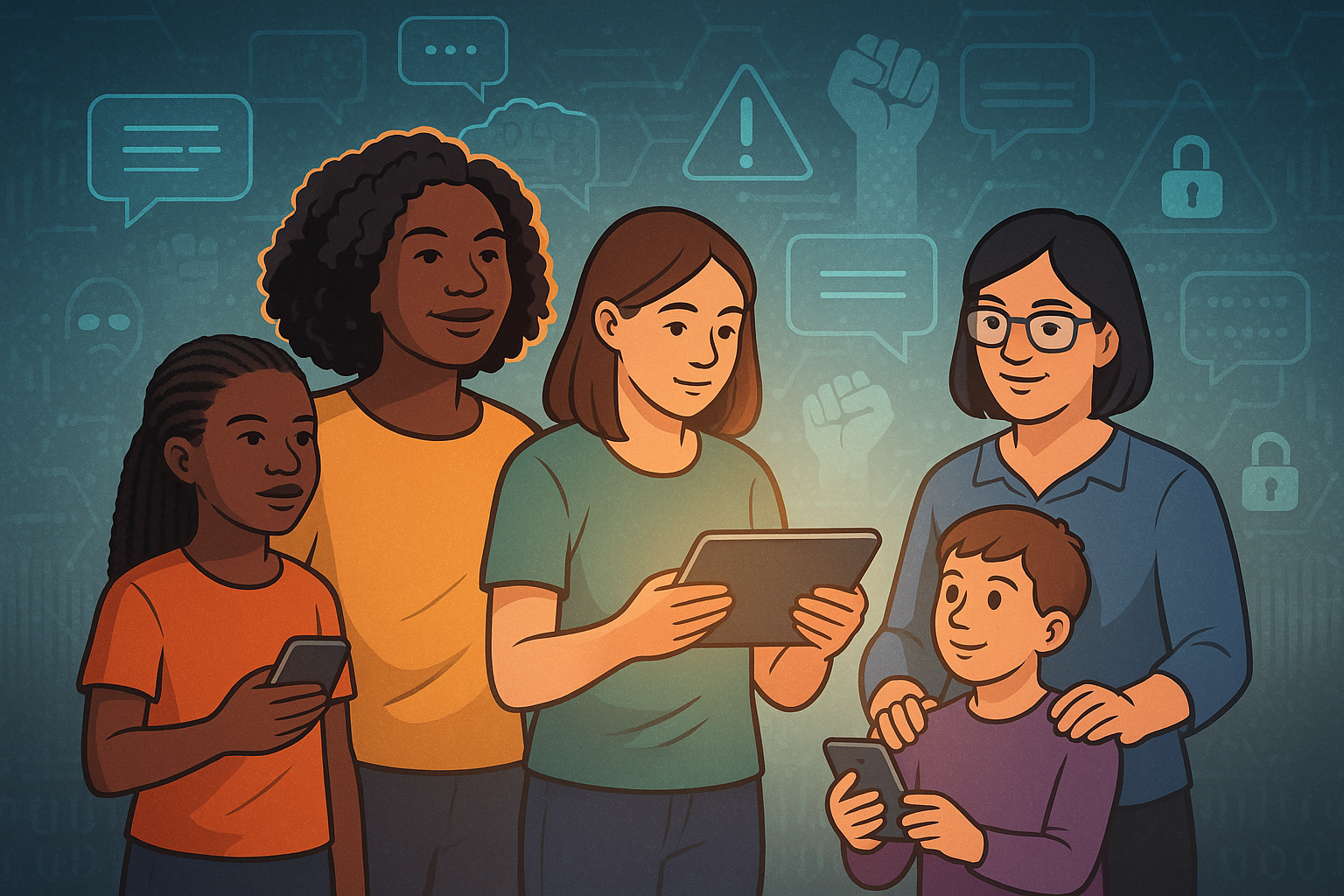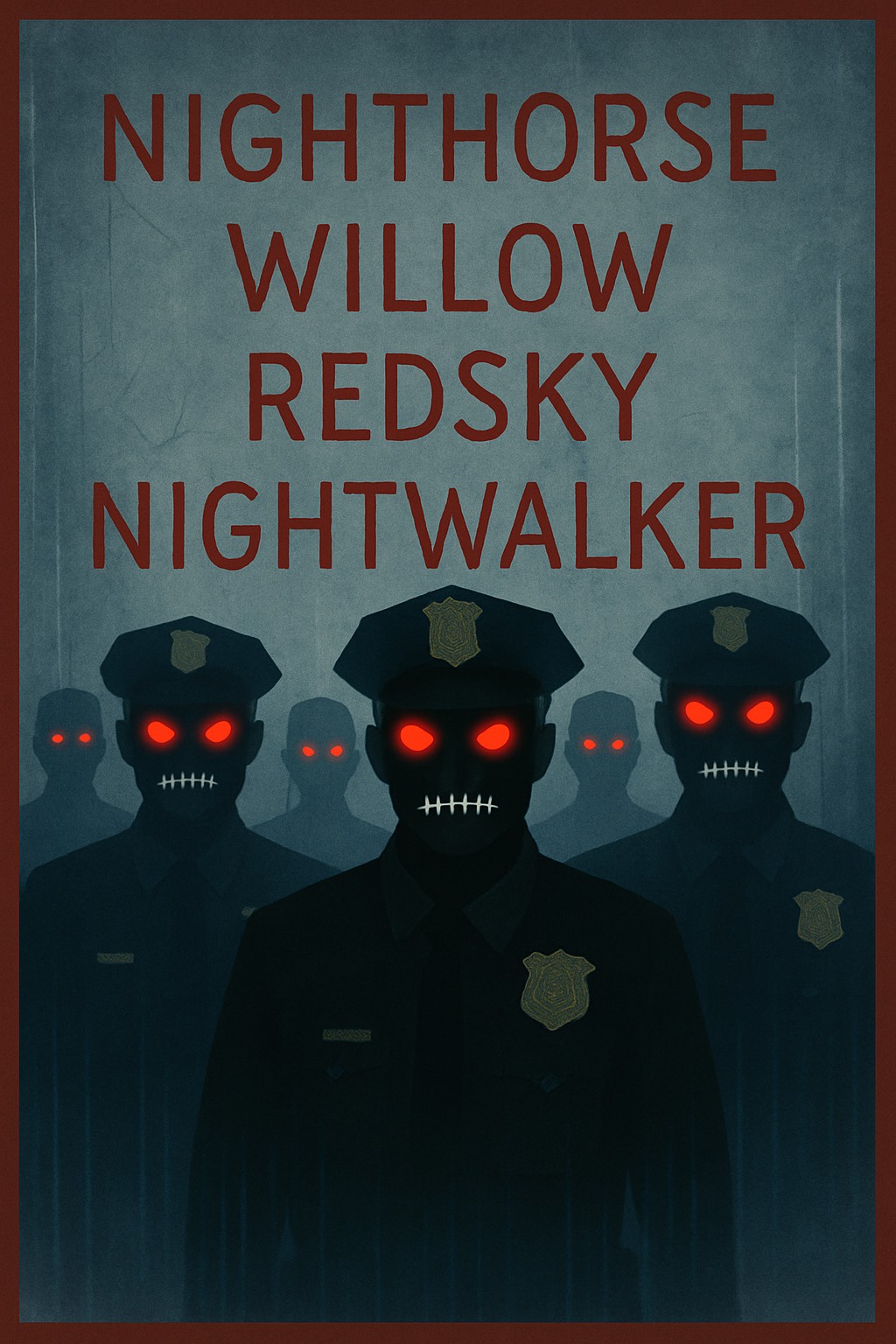Poetry
In days of yore
By Lee O-young

그것은 옛날
이어령
이어령[i ə riʌŋ] – English name is Lee O-Young (29 December 1933 – 26 February 2022). He was a literary critic, journalist, author, and university professor, also known as a novelist, poet, essayist, playwright, and semiotician. He graduated from Seoul National University, earning his Master’s degree in Korean Literature and a PhD from Danguk University. From 1967 to 1999, he served as a professor of Korean literature at Ewha Womans University, later becoming a professor emeritus. He also served as the first Minister of Culture in the Roh Tae-woo administration. People called him a genius and hailed him as a master of creation. Indeed, he was Korea’s leading intellectual and the brightest star in culture and literature, having published 90 books.
그것은 옛날 이어령 그것은 옛날 불을 뿜는 활화산이었더니라. 지층 속에 잠든 바위를 녹이고 천길 수맥을 끊어 하늘로 솟구치게 한 그것은 옛날 불을 뿜는 활화산이었더니라. 양심의 외침이 그곳에 있었고 삶의 힘이 그곳에 있었고 하늘로 향한 영원한 의지가 그곳에 있었더니라. 그것은 해발 2천 7백 44미터의 산이 아니라 그것은 만주 낙엽송이나 혹은 사시나무, 가문비나무로 뒤덮인 땅덩어리가 아니라 그것은 압록강과 두만강이 갈리는 수원이 아니라 바로 이 역사의 우뚝 솟은 망루. 이곳으로부터 모든 정신의 강물이 흘렀더니라. 그러나 지금 보아라. 천지의 연못엔 침묵을 담고 흰 구름을 수의처럼 감은 저 산의 죽음을 보아라 귀를 기울여도 활화산처럼 열리는 신화의 소리를 들을 수 없느니라 산맥이 끊긴 곳에 핏줄이 끊긴 아픔이 있고 그 바람이 멎는 곳에 삶이 끊긴 침묵이 있었더니라. 하지만 환한 하늘이 다시 트이고 바람이 또 한 번 그 등성이에 일게 되는 날, 분노한 이 산은 불을 뿜고 일어설 것이니라. 망각의 언어들이 용암처럼 녹아내리고 구속과 음모의 지층을 깨뜨리는 아 그 장엄한 순간에 이 산은 다시 활화산이 되어 말할 것이다. 생명이 얼마나 뜨거운 것인가를 인간이 얼마나 높은 것인가를 그 소망이 얼마나 크낙한 것이었던가를. 역사의 이 망루에 봉화가 켜지듯 천지에 자유의 우물물이 흘러나오는 언젠가 그날이 올 것이니라. 누구의 손으로도 더럽힐 수 없는 이 산마루 위에 한 점의 구름이 피어나는 것을 우리는 내일의 꿈이라고 불렀더니라. 그것은 옛날 불을 뿜는 활화산이었더니라. 언젠가 저 산하를 (이어령 포토 에세이 1971년) | In days of yore Lee O-young translated by Koh Hee-sun In days of yore, it was a volcano that roared with flames. Melting the rocks sleeping in the strata layer by layer, Cutting the fathomless water vein and let it gush into the sky, In days of yore, it was a volcano that roared with flames. The cry of conscience resonated, The vitality of life surged, An eternal will reaching toward the heavens, It was there. It is not a mountain 2,744 meters above sea level. It is not a Manchurian larch or an aspen tree, Not a chunk of land covered with spruce trees, It is not the water source where *Apnokgang and *Dumangang diverge, This is the stand tall watchtower of history, From this very spot, the river of all spirits flowed. But now behold! The pond of *CheonJi is filled with silence, Wrapped with the white clouds like a shroud, Behold the death of that mountain! Even if you listen, you won’t be able to hear the sound of myth that opens like an active volcano. Where a mountain range is cut off, there is an ache from a cut blood line. In the absence of the wind, a silence fell that cut off life. But the bright sky is clearing up again, The day the wind blows on that ridge once more, This furious mountain will rise up in flames. The languages of oblivion melt like lava, Breaking the strata of restraint and conspiracy, Ah, in that majestic moment, This mountain will be said to be an active volcano again. How hot is living being! How high is human being! How great was that hope! As the torch is lit on this watchtower of history, The well water of freedom will flow from CheonJi, Someday that day will come. On this ridge that no hand can defile, A cloud unfurling on the ridge of a mountain, We called it tomorrow’s dream. In days of yore, It was a volcano That roared in flames. |
*Apnokgang: Yalu River- a river on the border between China and North Korea. The Korean-Chinese border along the Yalu River is the longest unchanged international border in history, lasting for at least 1,000 years.
*Dumangang: Tuman or Tumen river- a 521-kilometre (324 mi) long river that serves as part of the boundary between China (left shore), North Korea (right) and Russia (left), rising on the slopes of Mount Paektu.
*Cheonji: Heaven Lake- a volcanic crater lake atop Baekdusan. It lies on the border between China and North Korea. It is recognized as the highest volcanic lake in the world.
He was born in Jwaburi, Onyang-myeon, Asan-gun, Chungcheongnam-do (now Jwabu-dong, Asan-si), Korea, the fifth of eight sons and three daughters of his father, Lee Byeong-seung, and mother, Won Yong-sook. Thanks to his father’s vibrant intellectual curiosity, he gained the impetus for creative thinking, while inheriting his mother’s sensitive nature and love for reading and writing. Surrounded by siblings who were all artists, he naturally accumulated knowledge in that field as well.
In 1955, as a student at Seoul National University, he wrote a critique essay about Lee Sang (real name: Kim Hye-kyung) in the newspaper of the College of Literature, where he served as the editor-in-chief. At that time, Lee Sang was considered a madman rather than a writer, so his ability to analyze and solve the esoteric works of Lee Sang one by one attracted the attention of people in the literary world who thought he had a new perspective.
One day, had the opportunity to express his opinion about famous, established authors at a publication ceremony and harshly criticized him without hesitation.
As rumors of his remarks spread, they reached the ears of writer Han Woon-sa, then head of the culture department at The Korea Times, who suggested that Lee O-young, who was only a sophomore in college, write an article about the gist of his remarks for the newspaper. Lee accepted and wrote “The Destruction of Idols,” which became his official debut as a writer
In 1963, Lee O-young was approached to write essays on Korean natural and cultural features, and he accepted the offer, serializing them in the Kyunghyang Newspaper under the title “In the Soil, In that Wind.” Not only did it garner explosive popularity during serialization, but upon its publication as a standalone book that year, it set a remarkable record by selling 100,000 copies domestically within a year and becoming a bestseller overseas through translations. Even after more than 50 years since its release, it is still regarded as a masterpiece that captures the essence of Koreans from a unique perspective.
Invited by the Japan International Cultural Exchange Fund in 1981, Lee O-young spent a year conducting research at the University of Tokyo. During this period, he managed to write over a thousand pages of manuscript within just six months, all in Japanese. The book, which he secluded himself to write, became an instant bestseller upon its release in Japan, earning him invitations for various lectures and media appearances. It was the first book by a Korean author to become a bestseller in Japan. In this book, titled “Downsizing-oriented Japanese” and published in 1982, Lee discusses the characteristics of the Japanese people compared to Westerners. He argues that the distinctive characteristic of Japanese culture is its inclination towards reductionism. Elements such as haiku, bonsai, transistors, and folding fans, which demonstrate the Japanese penchant for minimalism, propelled Japan to become a giant in the industrial society. Conversely, attempts to pursue expansionist ambitions ended in dismal failure. He ironically suggests, “Instead of becoming a goblin, become a dwarf.”
The response to this book was fervent. It went through 16 printings within 5 months and was translated and published in Korean, English, French, and Chinese editions. It was also released in Japanese paperback and in a Japanese-English translation. Requests for lectures, manuscript solicitations, and interviews poured in. In Korea, just before the book was published, it was prominently featured in the New Year’s special edition of the Maeil Business Newspaper.
In 1988, Lee O-young served as the general director of the opening and closing ceremonies of the Seoul 1988 Olympic Games. His wonderful and impressive performances, including the creation of the Seoul Olympic slogan “Beyond the Wall” and the depiction of ‘gulungsuye sonyon’ (a young boy running while rolling a hoop with his hand) during the opening ceremony, contributed significantly to Korea’s recognition on the world stage.
He also played a pivotal role in establishing the Korea National University of Arts, laying the foundation for producing world-class artists. Lee O-young was not only a literary writer with linguistic genius and outstanding creativity but also the creator of the neologism ‘Godgil (갓길),’ which he considered the best thing he did in his life.
His book series ‘The Story of Korean People’ is a significant achievement in instilling Korean identity and pride as an ethnic and cultural nation. In recognition of his contributions, he was awarded the 2021 Order of Cultural Merit (Gold Crown) by the Yoon Seok-yeol government
*Godgil: Road shoulder. An edge path outside the width of the road where cars run, such as on a highway or motorway. It is intended for the passage of emergency vehicles or for the temporary stoppingg of broken-down vehicles.

Order of Cultural Merit (Gold Crown)

Young-In Literature Museum
His wife, a literary critic named Kang In-suk, combined her name with his name, Lee O-young, to create the YeongIn Literature Museum.


Lee O-young’s desk is displayed at the Youngin Literary Museum in Pyeongchang-dong, Seoul, where numerous works were completed

A plaque-hanging ceremony for the National Institute of the Korean Language during his time as Minister of Culture.


Lee O-young and his wife Kang In-sook
by HeeSun
HeeSun is a poet and storybook writer who belongs to the UitC at the University of Toronto. She brings hope to people and brightens the world with beautiful poems, songs, and stories. She is a valued member of the Arts and Letters Club of Toronto and Pen International





